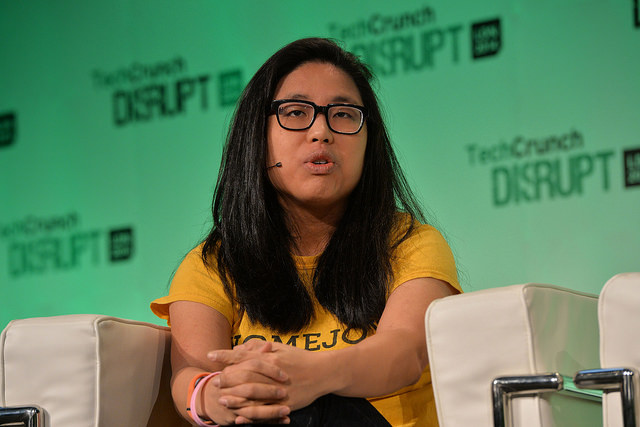*Submissions for this event have closed. Please refer to the event page for further details* Datafication. Platformisation. Metaverse. Global Internet Policy or a Fractured Communication Future? Special Issue Call for Papers, Volume 15, Issue 4 Datafication. Platformisation. Metaverse. What is the state of global internet policy? Within our current online and hyper-connected lives, is it possible to have such a thing as global internet policy? Building off the 2022 Policy & Internet Conference, this special issue addresses the complex and multiple perspectives of internet policy from around the globe. As we evolve through the Anthropocene and attempt to navigate the significant challenges humanity currently faces, we are consistently reminded of the most pressing critical issues of our epoch. Economic systems are the point of breaking, industrial action mobilised by unions is at an all-time high, inflation is rising, workers’ pay continues to fall, and the stability of our political systems has come into question. Our health systems are under unfathomable stress, refugee numbers are increasing through displacement, and the war in Ukraine continues, all of which adds to the growing global societal, economic and political pressures. And yet, concurrently, our connectivity through digital media and its surrounding environments is at an all-time high, arguably from the rise of technology players providing suites of social media platforms and its supporting infrastructures that enable a seamless and convenient, always-on lifestyle. The same app that enables us to chat with our friends and family can also book our rideshares, order our food, pay for our purchases and tempt us to become internet celebrities. What was once framed as user generated content activity has now become a normalised cultural pastime, as TikTok influencers feed the demotic turn that sees ordinary folk become internet superstars in rather small timeframes. At the same time, policymakers are reforming legislation to address the incomprehensible imbalance of power that is generated by technology giants. One of the immediate issues…
Within our current online and hyper-connected lives, is it possible to have such a thing as global internet policy?






